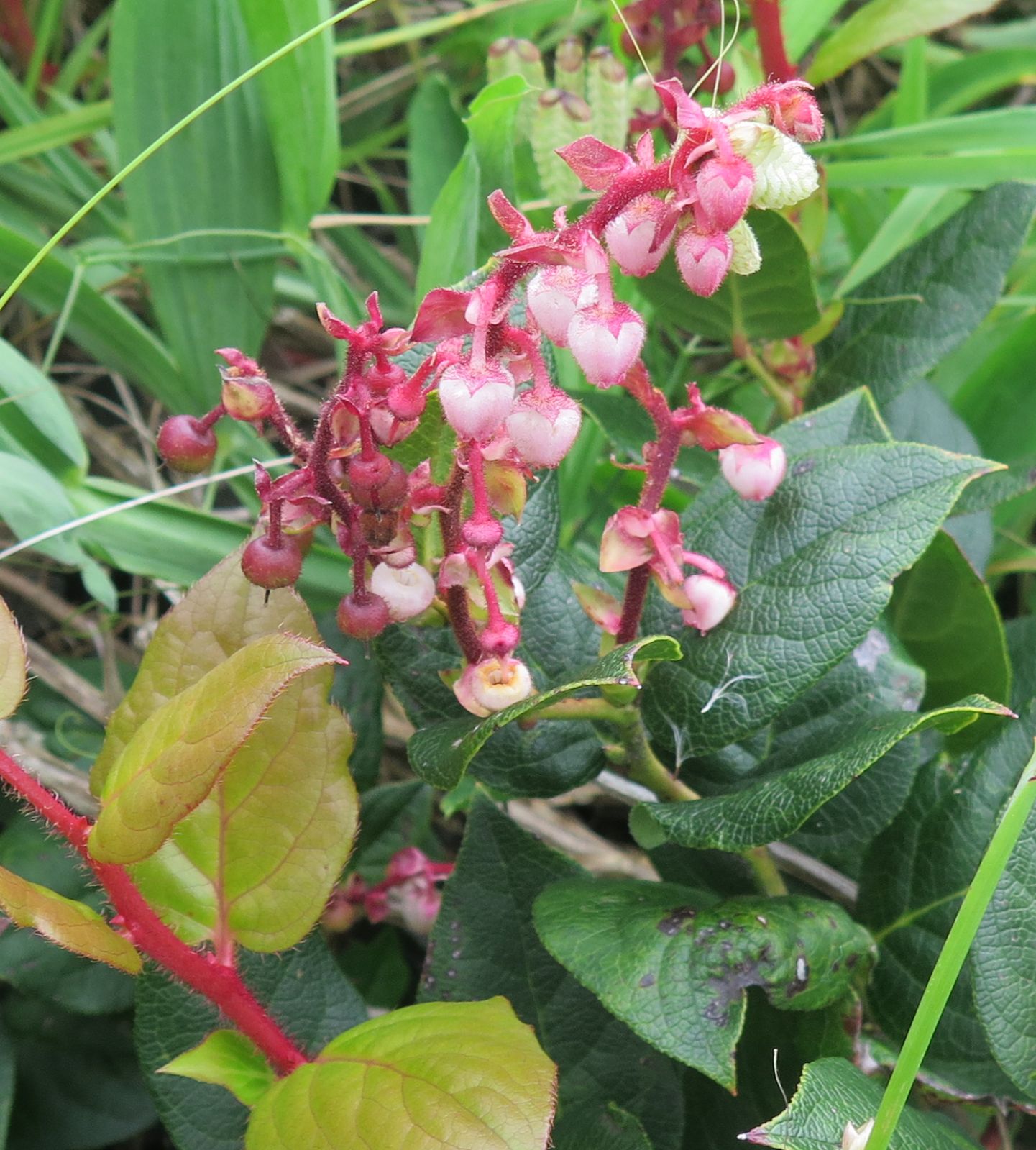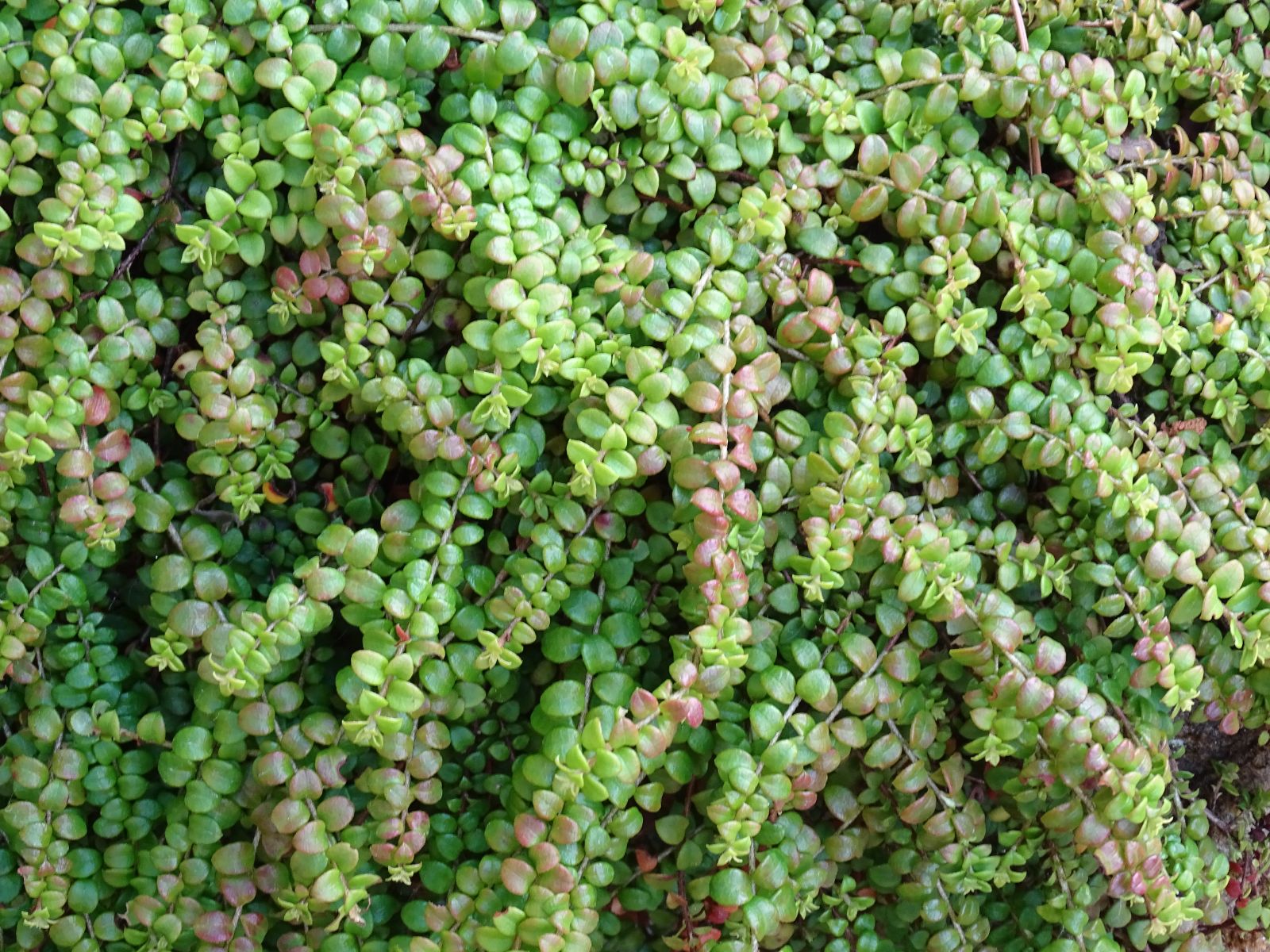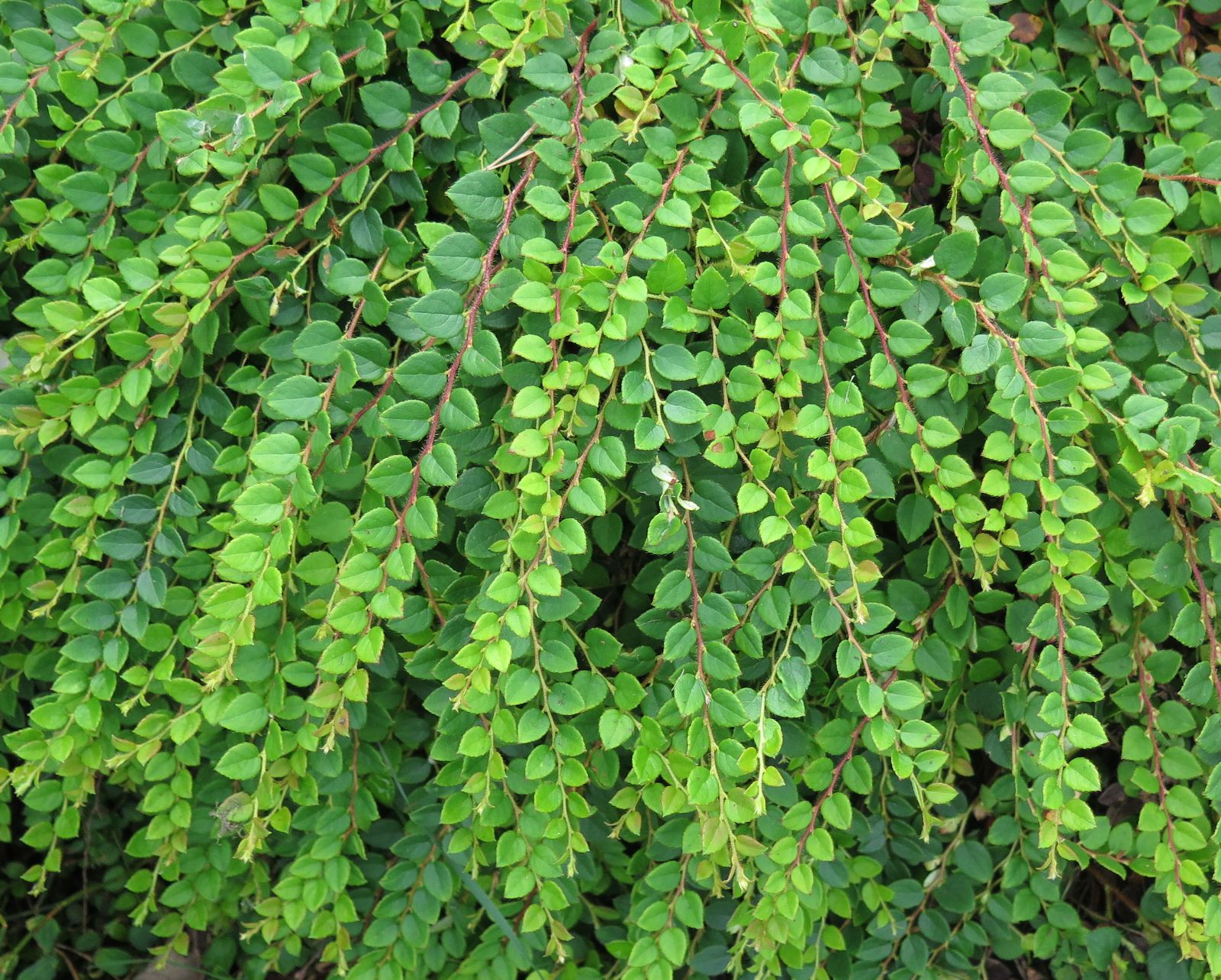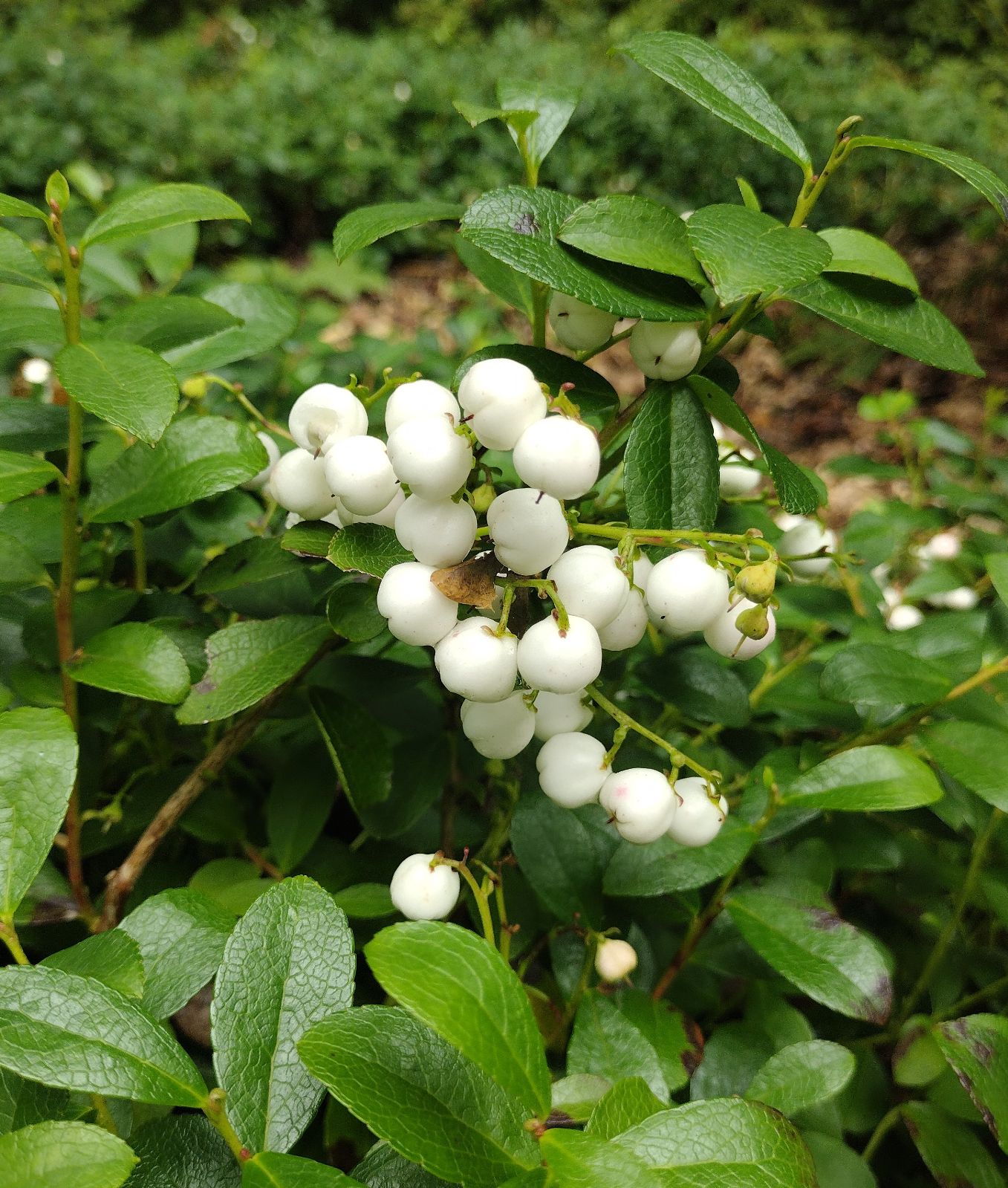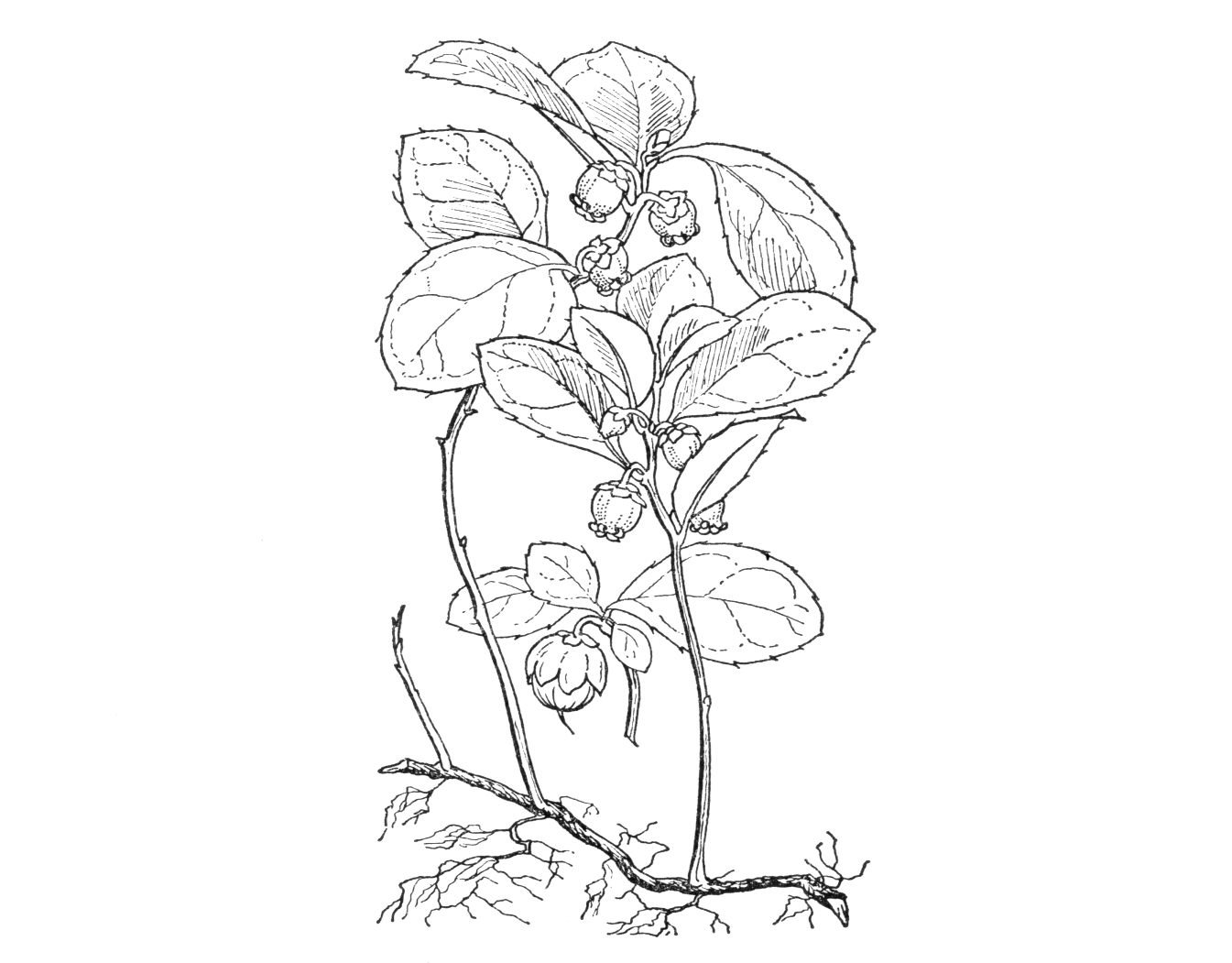Gaultheria
Credits
Article from Bean's Trees and Shrubs Hardy in the British Isles
Recommended citation
'Gaultheria' from the website Trees and Shrubs Online (treesandshrubsonline.
Family
- Ericaceae
Synonyms
- ×Gaulnettya Marchant
- Pernettya Gaudich.
Species in genus
- Gaultheria adenothrix
- Gaultheria antipoda
- Gaultheria codonantha
- Gaultheria cuneata
- Gaultheria eriophylla
- Gaultheria forrestii
- Gaultheria fragrantissima
- Gaultheria hirtiflora
- Gaultheria hispida
- Gaultheria hispidula
- Gaultheria hookeri
- Gaultheria miqueliana
- Gaultheria nummularioides
- Gaultheria oppositifolia
- Gaultheria ovatifolia
- Gaultheria procumbens
- Gaultheria pyroloides
- Gaultheria rupestris
- Gaultheria shallon
- Gaultheria tetramera
- Gaultheria trichophylla
- Gaultheria wardii
- Gaultheria × wisleyensis
- Gaultheria yunnanensis
A genus of over 200 species of evergreen shrubs, most abundant in the Americas but found also in the Himalaya, S. India, E. and S.E. Asia and Australasia. Leaves usually alternate. Corolla pitcher-shaped or bell-shaped, five-lobed (rarely four-lobed). Calyx five-lobed (the lobes sometimes small and tooth-like). Stamens usually ten. Ovary superior, five-celled, developing into a many-seeded capsule which, with a few exceptions, is enclosed by the enlarged, fleshy calyx. Seeds very small.
In outward appearance Gaultheria is often very similar to Vaccinium, especially in leaf. There is no easily discernible character to distinguish them in that respect. In flower, however, they are easily distinguished by the relative positions of corolla and ovary. In Vaccinium the calyx and corolla are uppermost, and the remnants of the calyx are usually present on the top of the fruit; in Gaultheria the ovary is uppermost and (with the exception of two or three species from New Zealand) the fruit becomes enclosed by the calyx-lobes which enlarge upwards and become fleshy. In Pernettya the calyx does not usually enlarge in fruit, but the ovary instead of developing into a dry capsule as in Gaultheria, becomes fleshy. But it is doubtful whether this difference is really of sufficient weight to justify the continued recognition of Pernettya as a genus distinct from Gaultheria.
At the beginning of this century only two gaultherias were at all widely cultivated, namely G. shallon and G. procumbens, both North American, and despite the introduction since then of so many East Asiatic species these two remain among the best and hardiest of the genus. Others of equal merit to these for general planting on suitable soils are G. cuneata and G. miqueliana. All are peat- and moisture-loving shrubs and most prefer sheltered positions and some shade. Small-leaved alpine and subalpine species such as G. thibetica and G. sinensis are, however, best grown in fairly light, open positions, provided the soil can be kept permanently moist.
The gaultherias can be propagated by seeds in the same way as rhododendrons, by half-woody cuttings, or in some cases by means of small offsets, which should be grown on in pots or frames before planting out.
The generic name commemorates Dr Gaulthier, an 18th-century botanist and physician of Canada.
From the Supplement (Vol.V)
In the original printing of this edition it was stated that G. crassa, G. hispida and G. oppositifolia were in cultivation at Wakehurst Place, Sussex. This is no longer the case (1985).

